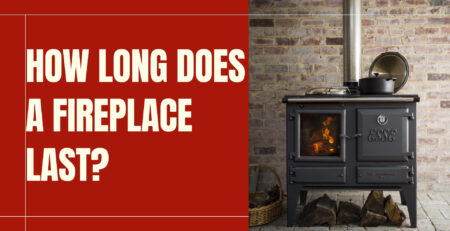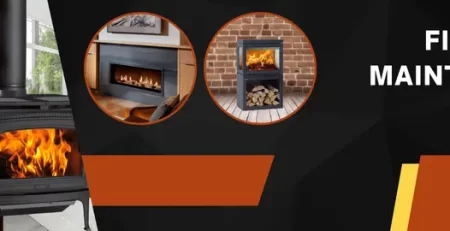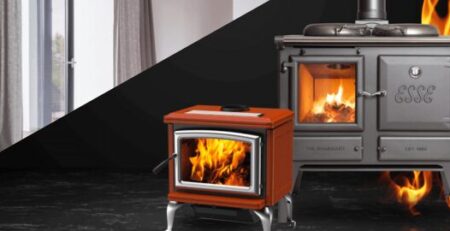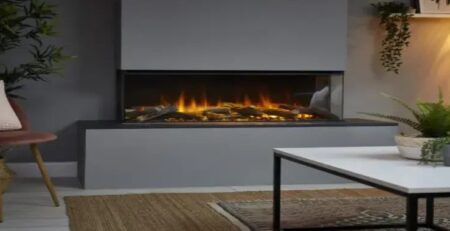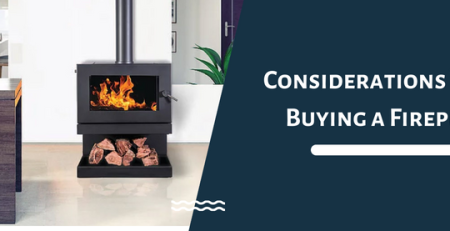
28
Apr
Should You Invest in an Electric Fireplace?
Electric fireplaces have grown in popularity as a flexible heating option that blends a cosy atmosphere with low upkeep. Unlike traditional wood fires or gas units, they run on electricity and need no chimney or venting. Many designs now offer lifelike flame effects, adjustable heat settings, and even remote controls, making them a smart pick for modern homes. Whether you want a freestanding electric fireplace for your lounge or a sleek wall-mounted model in a bedroom, these appliances deliver warmth without the usual wood chopping or smoke.
Electric Fireplaces
At their core, electric fireplaces are heaters with visual displays that mimic real flames. They connect to a standard power outlet and fit into various spaces: wall inserts, TV cabinets or standalone units. You might also compare them with a freestanding gas fireplace, which uses gas fuel and a flue, or consider an outdoor wood fireplace that burns actual timber. For those who enjoy al fresco gatherings, an outdoor wood heater can transform a backyard into a year-round entertaining area.
How Do Electric Units Operate?
These fireplaces rely on three main parts: a heating element, light sources and decorative media. Often, a ceramic coil or infrared panel, the element warms the air that a small fan circulates a room. LED bulbs simulate flames, with colours and speed settings you can adjust. Logs, crystals or ember beds sit below the lights to complete the illusion. Many include a thermostat and remote control to set a precise temperature without leaving the couch.
Flame Realism and Ambience
Advances in LED technology have narrowed the gap between electric and real fires. Fine-tuned light patterns generate flickering flames that gush and fade. Some models even let you choose from wood-log visuals or crystal embers to get your desired look. While they lack the scent and crackle of a timber fire, electric fireplaces still create a relaxing focal point without smoke, ash or the need for storage space for logs.
Advantages of Electric Fireplaces
Electric fireplaces offer a host of benefits:
- Safety: No live flame means no risks for sparks, embers or carbon monoxide. They stay cool at the glass front, making them safer around children and pets.
- Installation Ease: With a power point, you can place them almost anywhere without a chimney, gas line, or wood storage.
- Energy Efficiency: Most models convert nearly all their electricity into heat, avoiding the losses common with vented systems. Thus, you can heat the rooms you need instead of the entire home, thus saving on your electricity bills.
- Zero Emissions: They do not emit particulates or gases, so they suit homes sensitive to indoor air quality.
- Low Maintenance: When using electric fireplaces, there is no ash to clear, no chimney to sweep and no logs to stack. An annual dust-down is usually all that’s required.
Comparing Fuel Types
If you’re exploring options, a freestanding electric fireplace stands out for its plug-and-play convenience. A freestanding gas fireplace offers authentic flames and real heat but usually needs professional installation and a gas connection. An outdoor wood fireplace delivers the traditional ritual of lighting wood and stoking embers. In contrast, an outdoor wood heater often doubles as a functional stove, perfect for cooking or heating large patios. Each has its appeal and practicalities.
Safety and Heat Performance
Electric fireplaces are safe for indoor use when you follow the manufacturer’s instructions and keep flammable items at a safe distance from the unit. They generally heat rooms to 25 square metres effectively. Some high-output models reach 5 200 BTU, enough for spaces of about 90 square metres in mild climates. Many let you run flame effects without heat so that you can enjoy the ambience even on warmer evenings.
Running Costs and Efficiency
Running an electric fireplace is straightforward: you pay the standard electricity rate. Nearly every watt you draw becomes room warmth since it doesn’t lose heat up a flue or through vents. Pricing varies by local power costs, but many find their zone-heating strategy cheaper than cranking up central heating. You might set the fireplace to 20–22 °C for comfort while shutting off more expensive whole-house systems.
Considerations and Trade-offs
Electric fireplaces perform best in small to medium rooms. In large, open-plan spaces, they may struggle to maintain temperature without extra heaters. Some users miss the aroma of burning wood and the crackle of logs, which electric models can’t reproduce. They also rely wholly on power supply: they’ll go dark during a blackout unless you have a backup generator or battery system.
Is an Electric Fireplace Right for You?
Think about your space, budget, and lifestyle. A freestanding electric fireplace could be ideal if you want instant warmth, simple installation, and minimal upkeep. If authentic fire is a priority and you’re willing to invest in gas piping or regular timber supplies, explore freestanding gas fireplace or outdoor wood fireplace options. For outdoor living spaces, an outdoor wood heater for sale adds warmth and rustic charm, making alfresco entertaining possible in cooler months.
Ready to Upgrade Your Heating?
Contact Fireplace Masters to explore freestanding electric fireplaces, outdoor wood heaters, or freestanding gas fireplace solutions. Our team has the expertise to guide you to the best choice at competitive prices.
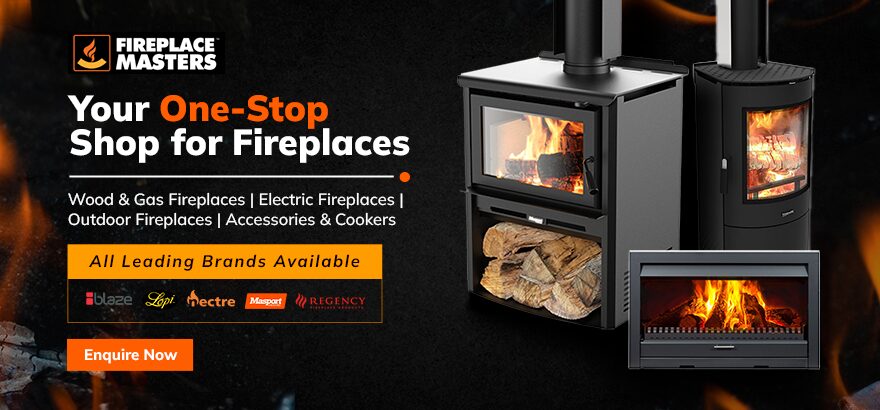
Related Blogs
How Long Does a Fireplace Last?
Choosing a fireplace is not just about staying cosy for one winter. It is a long-term...
Is Your Fireplace Ready for Winter?
Carrying out a few simple checks annually helps keep your fireplace working well and your home...
How to Choose the Right Fireplace Dimensions for Utmost Comfort?
When selecting a fireplace, size plays a pivotal role. Whether you’re looking for a wood heater...
Freestanding Vs Wall-Mounted Fireplaces: Which Fits Your Home Best?
When considering a gas fireplace, homeowners often weigh the options between freestanding and wall-mounted models. Each...
Fireplace Maintenance Tips for Long-Lasting Comfort
Neglecting your fireplace can lead to costly consequences, from soot accumulation to structural damage. However, with...
A Stunning Fireplace Makeover Can Revive Your Home
Are you looking to breathe new life into your home? A fireplace renovation might be just...
Fireplace Options without Chimney for Your Home
A fireplace makes a home feel special. It’s not just about the heat; it’s about the...
Should You Buy an Outdoor Fireplace or a Fire Pit?
In the winter, when the crisp air is blowing in the evening, you’re seated amid the...
Top 5 Advantages of Outdoor Fireplaces
Enhance your Sydney home with the many benefits of an outdoor fireplace, especially during the chilly...
Top 3 Considerations When Buying a Fireplace
After a hectic day’s work, when you return home, refresh yourself, make a cup of coffee...


